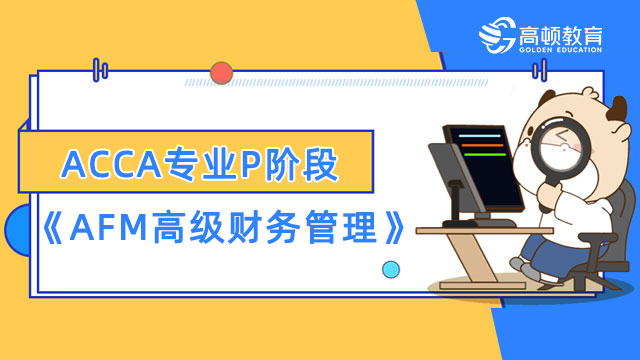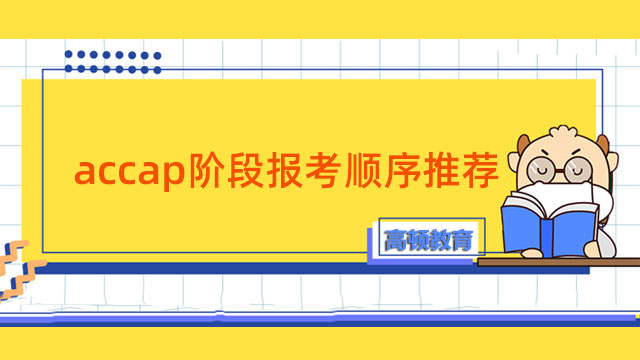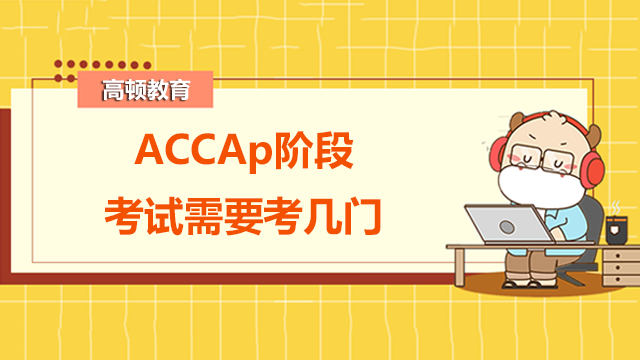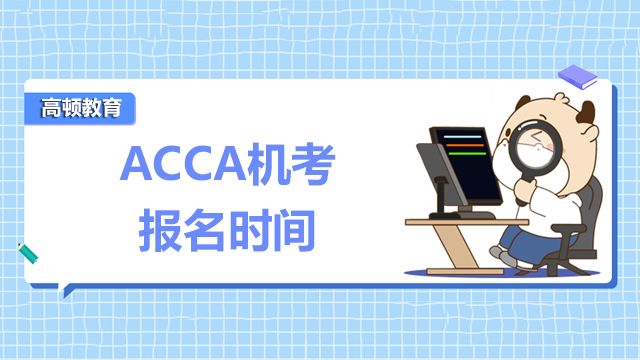2015新年回顾,ACCA考试《P3商务分析》知识辅导4
来源:
高顿网校
2015-03-09
漫漫考试路,各位考生,您准备好了吗?如何快乐高效的学习?高顿网校为广大学员提供2015年ACCA考试网络课程,请各位考生紧跟网校名师的步伐尽快进入备考复习,让高顿与您共同努力,2015年考试顺利通过!祝您梦想成真!免费听课》
KNOWLEDGE MANAGEMENT
This article is about enhancing and supporting the concept of knowledge management as a strategic contributor to an organisation
‘Talent is capability and knowledge is ability.’ Talent is intangible and embedded within people. Knowledge can be tangible and explicit if it is planned, controlled, facilitated and monitored, as is standard with other assets or processes in an organisation. The management of knowledge adds strategic value.
Knowledge is the tacit constituent that comes about when applying information to a decision-making process. This article focuses on the management of this knowledge.
In any economy, the aim is to maximise the advantage from a source of competition. If knowledge is a basis for the economy, then this economy has to be formed around maximising the use and the management of knowledge in businesses.
The knowledge, as currently exists within an organisation, is already a major contributor to success, in conjunction with the obvious contributors of the 9 Ms, which include money, machinery, materials, manpower, makeup, MIS, management, machinery, methods and markets.
THE ORGANISATION, ITS COMPETITIVE ADVANTAGE, AND KNOWLEDGE
The basis of competition is shifting from having a unique raw material or production system in manufacturing, to differentiation though the building of knowledge. ‘Having knowledge can be regarded as even more important than possessing the other means of production – land, buildings, labour, and capital – because all the other sources are readily available in an advanced global society, while the right leading-edge knowledge is distinctly hard to obtain.’ (1)
Companies have already moved from being labour intensive to process intensive, to carry out tasks most efficiently, effectively, economically and productively as possible while all the time introducing new techniques or elements to the process, product or service.
A company’s success is dependent on adding value. This requires creativity based on the current knowledge position of the company. Organisations should not have to relearn on a regular basis but should be in a position to retain the knowledge they already have in their possession. They should then reinforce the use of this knowledge in processes and approach to the management of this knowledge. This is done by maintaining what is already known and then continue to maintain their position based on this unique knowledge, and finally renew and update the knowledge continuously.
This is a transparent approach to the handling of knowledge, which is the approach needed across the entire organisation so everyone can contribute.
With reference to knowledge management, the challenge (in the context of adding value) is that organisations have to reorganise themselves around the scarce resource of talented human capital and manage the constraining elements and strategic resources of information, knowledge and expertise (2)。 Obtaining this talented human capital is another task that requires human resource management and the involvement of the wider organisation.
HUMAN RESOURCES AND KNOWLEDGE MANAGEMENT
As organisations have changed, downsized or expanded, there has been an increase in technology and in redundancies. In knowledge management terms, a reduction in employee numbers implies that those remaining have to demonstrate their value. Employee turnover of, or the rise of the free agent implies that long-term contracts are on the way out. Loyalty is much reduced or, as suggested, ‘loyalty is dead – commitment and drive are lost, on the way out or gone’ (3) both from the organisational and employee perspective, as neither can afford loyalty in rapid dynamic markets. Organisations affected by such changes, through the loss of people and then talent, can’t keep relearning all the knowledge lost when people leave the company.
One such approach, which considers the individual rather than the process, is social network analysis. This helps identify and manage the hidden networks within an organisation.
According to Karen Stephenson, social network analysis is increasingly recognised as a means of leveraging organisational learning, retaining key workers, planning succession, harvesting innovative ideas, and managing both the rate and quality of change. This collective capability, Stephenson argues, depends on trusted relationships between individuals and has more power to influence the success or failure of an organisation than any managerial hierarchy (3)。
In this approach, employees are a key consideration, with individual requirements which should be acknowledged. Employees want freedom, autonomy, space, and flexibility enables intellectual capital to be assessed. By offering these, the opportunity for knowledge growth and retention can be developed.
METHODS AND TECHNOLOGY
Other components of the knowledge management environment include computing systems.
With these systems, knowledge can be gathered by monitoring the phases or steps that creative workers go through in their daily work, and by identifying the information and decision-making methods they use and follow.
There are both manual methods of knowledge collection, and systems that can manage the collection and dissemination of that knowledge.
Some applied business examples demonstrate where these existing IT systems become knowledge-based systems. Internet-based systems have reduced control over information distribution and intellectual capital, and have an effect on information formation.
The internet infrastructure, as a tool to access information, is key and has value as an access route. However, the value lies not in having access to privileged information, but rather in the way the internet by offering new opportunities for those with the knowledge to start new businesses and share new ideas.
An example of an internet-based system becoming a knowledge management system is that used by the Lauck Group, an interior architecture firm based in the US. They had a project with a challenge: to design 10 offices in the US and Europe for a major client, quickly. The team had to include professionals of different nationalities, and be knowledgeable about the standards and requirements of their respective countries.
The Lauck team found top professionals in each country and created a virtual workspace for the whole team. During evening hours in the US, the European teams would do their work and post it to the virtual workspace. When the US teams came to work they would log in and provide their input.
The project – built on a 16-hour working day – was delivered on time, and met with every client requirement (4)。 In terms of project management this is unusual, in addition to the knowledge sharing and management that occurred as part of the process.
The value gained for the organisation is that, from now on, they have the ability to apply this new process to other projects. This positions them towards the mature end of the capability maturity model.
Companies implementing effective knowledge management systems expect to incorporate a variety of technologies, supported by a leadership approach that values learning. They also need an organisational structure that supports communication and information sharing, which in turn facilitates the processes for managing knowledge and change.
DRIVING TOWARDS KNOWLEDGE MANAGEMENT
The core issue when considering knowledge management is how to get people to share their knowledge. The easiest methods are through traditional rewards, such as pay, incentives, benefits, stocks, profits, and commissions or alternatively, through learning opportunities (6)。
An additional issue is to examine why we want people to share their knowledge, and to explain the value derived from the sharing. The primary reason for knowledge
sharing is that customers are looking for value and companies have to provide value propositions. They need to provide what the customer actually wants, not what the company thinks the customer requires, offering improved value and thereby creating new markets.
With this value proposition perspective, a number of large companies have incorporated and embedded the management of knowledge within their systems, thereby increasing the value it can make for the organisation and, therefore, the customer. Not all knowledge management requires technology.
To derive the best value, it requires management of the knowledge, the managers, and the employees in combination. Examples of value innovation occurring without new technology have happened in a number of places, as follows:
‘Starbucks coffee shops (franchising and products – the whole experience of drinking coffee translated into a strong willingness to pay a premium on a low cost commodity product creating enough economic surplus to support a price that makes business sense and satisfies customers with the benefits); the furniture retailer IKEA (product quality, cult status and rapid location expansion); the fashion house of Ralph Lauren (design and branding – combined the high quality of haute couture clothes with more styles that ordinary people could wear to create a unique and profitable position); or Southwest Airlines (high performance relationships – building leadership, using past experience to build relationships, encourage mutual respect) by building on the knowledge they already have.
They are in traditional businesses, but each is able to offer new and superior value through innovative ideas and knowledge.’ (6)
小编寄语:只要功夫深,铁杵磨成针。考试也是这样,只要够努力,功到自然成。
| ACCA网络课程 | 课程专业名称 | 讲师 | 试听 |
 85%的人正在学习该课程 85%的人正在学习该课程 | ACCA 全维度网课体验课程 实景课堂与独立录制 覆盖所有知识点,根据学习计划推进学习进度 | 高顿名师 |  |
 70%的人正在学习该课程 70%的人正在学习该课程 | ACCA网课全科卡(8.2折) 为零基础刚开始学习ACCA的学员特别定制 | 高顿名师 |  |
精彩推荐:
版权声明:本条内容自发布之日起,有效期为一个月。凡本网站注明“来源高顿教育”或“来源高顿网校”或“来源高顿”的所有作品,均为本网站合法拥有版权的作品,未经本网站授权,任何媒体、网站、个人不得转载、链接、转帖或以其他方式使用。
经本网站合法授权的,应在授权范围内使用,且使用时必须注明“来源高顿教育”或“来源高顿网校”或“来源高顿”,并不得对作品中出现的“高顿”字样进行删减、替换等。违反上述声明者,本网站将依法追究其法律责任。
本网站的部分资料转载自互联网,均尽力标明作者和出处。本网站转载的目的在于传递更多信息,并不意味着赞同其观点或证实其描述,本网站不对其真实性负责。
如您认为本网站刊载作品涉及版权等问题,请与本网站联系(邮箱fawu@gaodun.com,电话:021-31587497),本网站核实确认后会尽快予以处理。
点一下领资料
【整理版】ACCA各科目历年真题
真题高频考点,刷题全靠这份资料
下载合集
acca全科学习思维导图
梳理核心考点,一图看懂全部章节
下载合集
2023年acca考纲解析
覆盖科目重难点,备考按照计划走
下载合集
acca备考 热门问题解答
- acca考试怎么搭配科目?
-
建议优先选择相关联的科目进行搭配报考,这样可以提高备考效率,减轻备考压力,1、F1-F4:为随时机考科目,难度较低,这里可以自行随意选择考试顺序。2、F5-F9:如果你的工作的和财务会计或者审计有关、或者你比较擅长财务和审计的话,推荐先考F7和F8。你可以选择一起考ACCA考试科目F7和F8或者先考F7(8)再考F8(7),这就要取决你一次想考几门。3、P阶段:选修科目中,建议企业首选AFM!第二部分科目进行选择,如果AA和SBR掌握学生更好,可以通过选择AAA,如果SBL掌握的好,可以自己选择APM。
- acca一共几门几年考完?
-
acca一共有15门考试科目,其中有必修科目和选修科目,考生需要考完13门科目才能拿下证书。
- acca一年考几次?
-
acca一年有4次考试,分别是3月、6月、9月和12月,分季机考科目是采取的这类四个考季的模式,而随时机考则是没有这方面的时间规定限制,可以随报随考。
- acca的含金量如何?
-
ACCA证书的含金量是比较高的,从就业、能力提升、全球认可等角度来说,都是比较有优势的证书,其含金量主要表现在以下几个方面:1、国际化,认可度高;2、岗位多,就业前景好;3、缺口大,人才激励。
严选名师 全流程服务
其他人还搜了
热门推荐
-
acca专业阶段考试科目有哪些?究竟都考些什么? 2023-04-23
-
accaP阶段科目考完需要多久?速戳了解! 2023-03-28
-
ACCA高级课程是哪几门?和基础课程比难度怎么样? 2023-03-17
-
sbr和sbl哪个难?accaP阶段先考哪个? 2023-03-16
-
accaP阶段报名费是多少?一文介绍全了! 2023-03-14
-
accaP阶段有哪些科目?各科目详细介绍! 2023-03-14
-
accap阶段考试顺序是怎样的?选修科目怎么选? 2023-03-10
-
acca考试科目:《ATX高级税务》重点详解! 2023-03-06
-
acca考试科目:《APM高级业绩管理》重点详解! 2023-03-06
-
acca考试科目:《AFM高级财务管理》重点详解! 2023-03-06
-
accap阶段有效期是多久?需要几年内考完? 2023-03-01
-
accaP阶段选修选哪两门?各科难度对比来了! 2023-02-28
-
2023年acca的sbl怎么学?点击查收备考攻略! 2023-02-24
-
acca考试p阶段科目题型,附各科分值参考! 2023-02-23
-
accap阶段要考几门?重难点是什么? 2023-02-10
-
accap阶段要考几门?重难点是什么? 2023-02-10
-
accaP阶段科目怎么搭配?先考哪门? 2023-02-09
-
ACCA专业P阶段:《AFM高级财务管理》复习攻略 2023-01-30
-
accap阶段选哪两门?考试重难点介绍! 2023-01-17
-
acca考试科目:《AAA高级审计与鉴证》题型及重点! 2023-01-17
-
acca专业阶段考试难度分析,选修科目报考指南来了! 2023-01-12
-
accap阶段报考顺序推荐,先报哪个好? 2022-12-15
-
ACCAp阶段一次最多考几门?成绩有效期是多久? 2022-08-24
-
ACCA的p阶段需要备考多久才够?考试难度怎么样? 2022-08-18
-
ACCAp阶段考试需要考几门?考试时间是哪天? 2022-08-15
-
ACCA考试P阶段考几门?P阶段成绩有效期是多久? 2022-08-12
-
ACCAP阶段科目难度高吗?P阶段是机考吗? 2022-08-10
-
ACCA最后四门难考吗?通过率怎么样? 2022-07-19
-
ACCA英语不好怎么办?怎么提高英语? 2022-07-14
-
ACCA机考报名时间是什么时候?怎么报考? 2022-07-14
 更多服务
更多服务









































